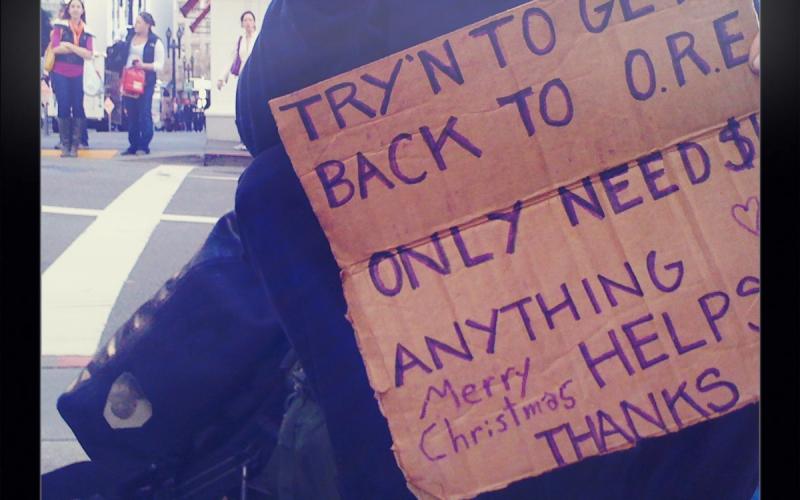1997-1999: The first “UFO Study” assessed the prevalence of HIV, HBV and HCV infections. We showed high seroprevalence of HCV and reported on HIV and risk factors.
2000-2002: We next began to study young IDU prospectively (UFO-3 Study). We assessed HIV and HCV incidence and HBV immunization feasibility conducted over a 21⁄2 year period. We showed a high rate of HCV seroconversion (25% per year) and identified important risk factors for HCV seroconversion, including sharing ancillary injecting equipment. We tested adherence to and effectiveness of an accelerated HBV vaccine schedule. We found that HIV infection among young male IDU was highly associated with sex work. We also found high rates and risk factors for overdose and we explored gender-related risks.
2002 to present: In 2002, we began more in-depth studies of HCV infection (UFO Acute HCV Study). Using a novel testing algorithm combining antibody and viral tests, we identify young IDU in the very early or acute phase of HCV infection. This phase is very important for many reasons: antibody to HCV does not develop for up to 2 months following infection but HCV virus levels can be very high and risk for transmission is high. Some people with HCV will clear or get rid of HCV virus and assessing infection early allows us to study factors that are associated with viral clearance. Our group demonstrated the utility of this testing approach for identifying acute and serosilent HCV, and how it can help prevention.
2006 to 2008: We assessed Acute HCV treatment candidacy in young PWIDs.
2010 to 2013: We ran several pilot studies assessing mental health symptoms in a small sub sample of the larger UFO study cohort. We also assessed the acceptability and perceptions of HCV rapid testing procedures compared to standard HCV testing.
2006 to present: We began to study injection partnerships, also known as the UFO Partner Study.


